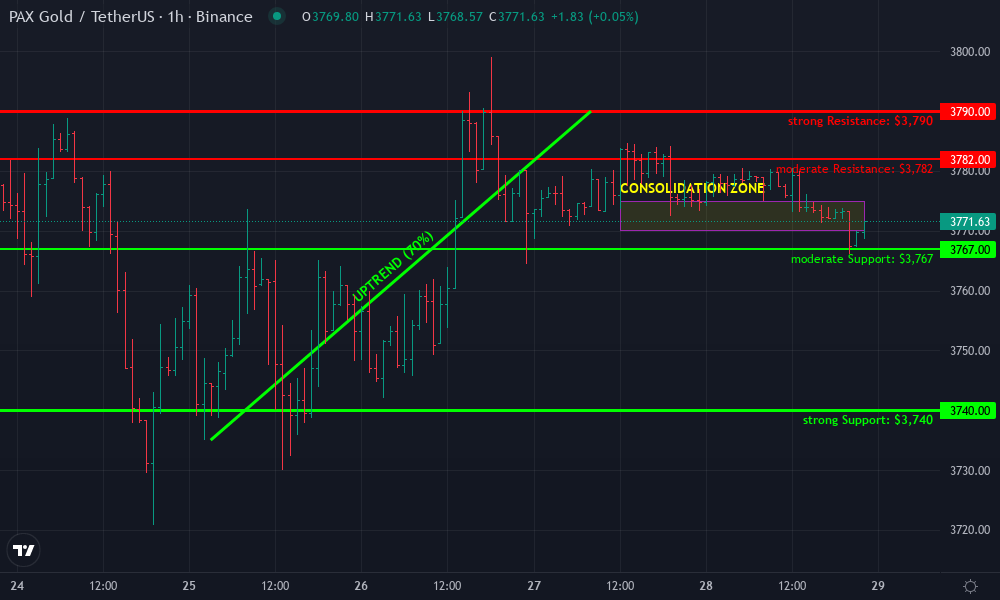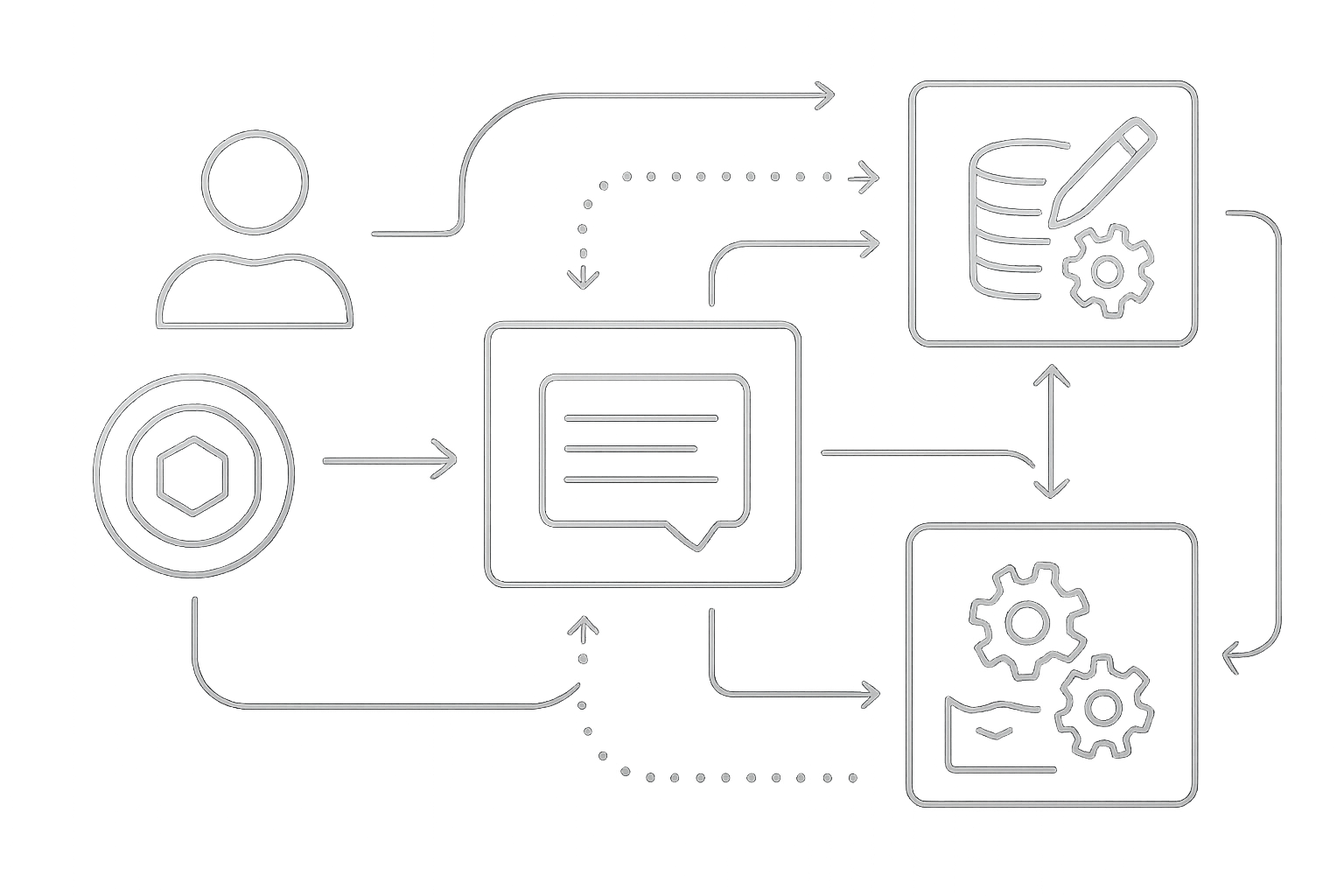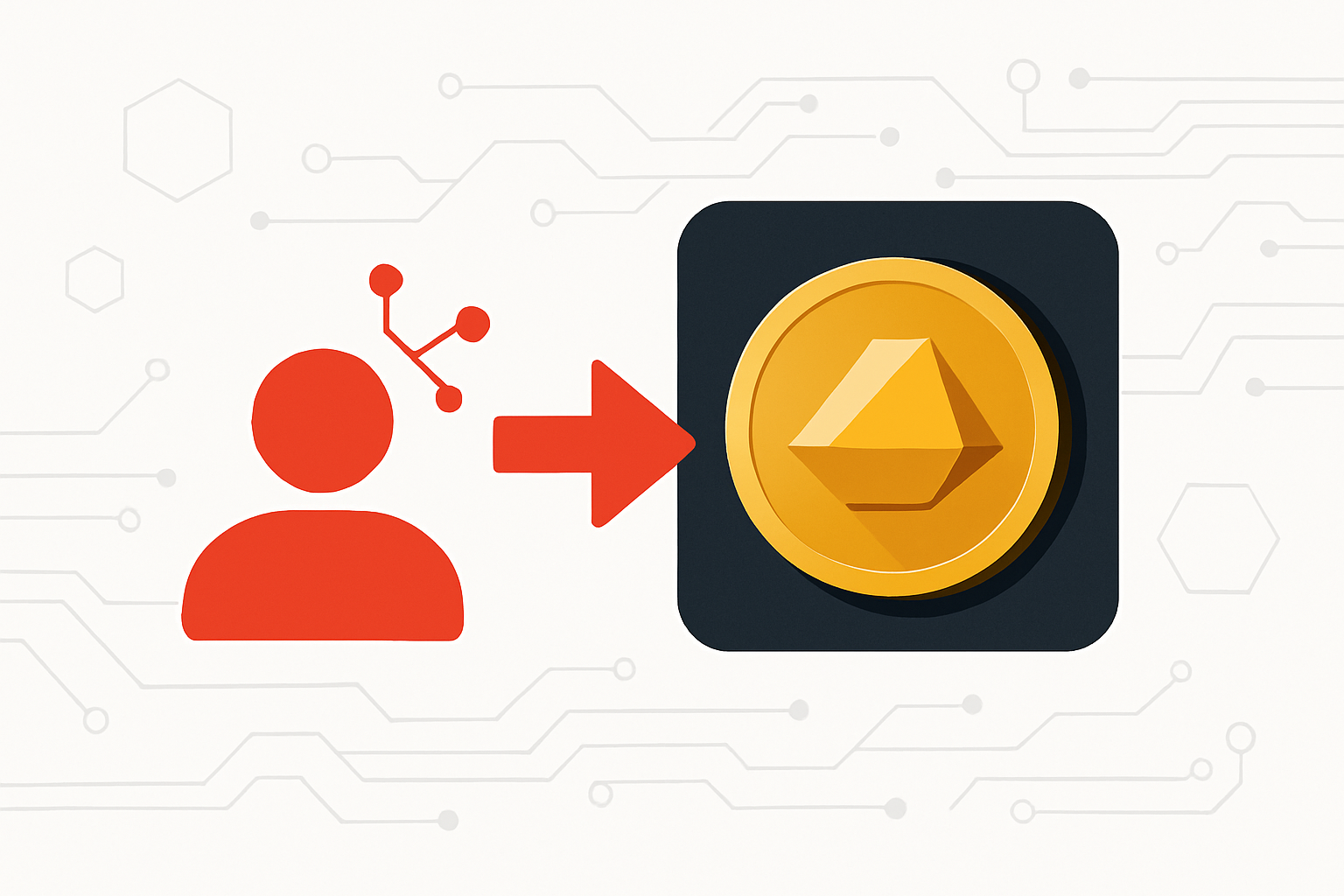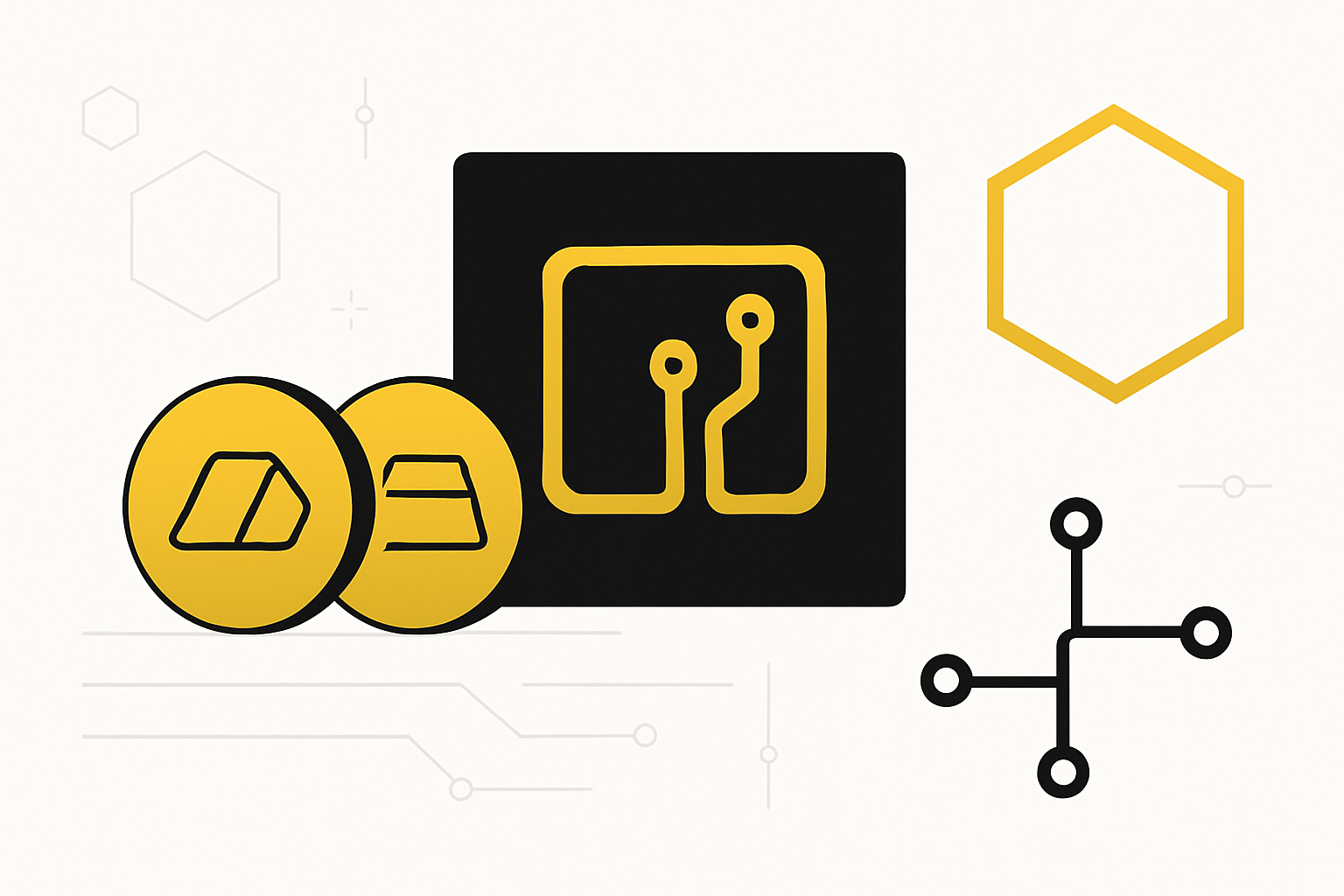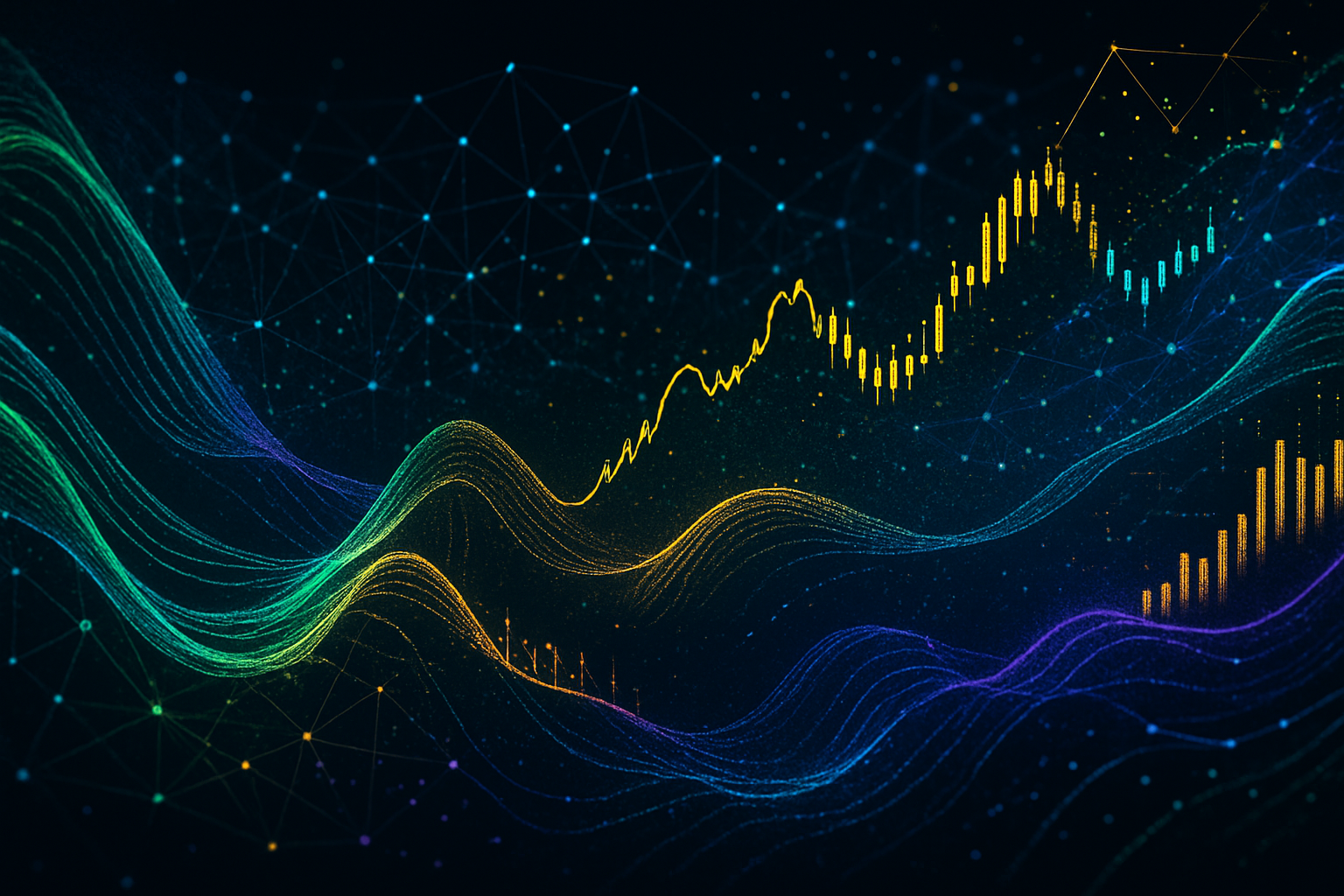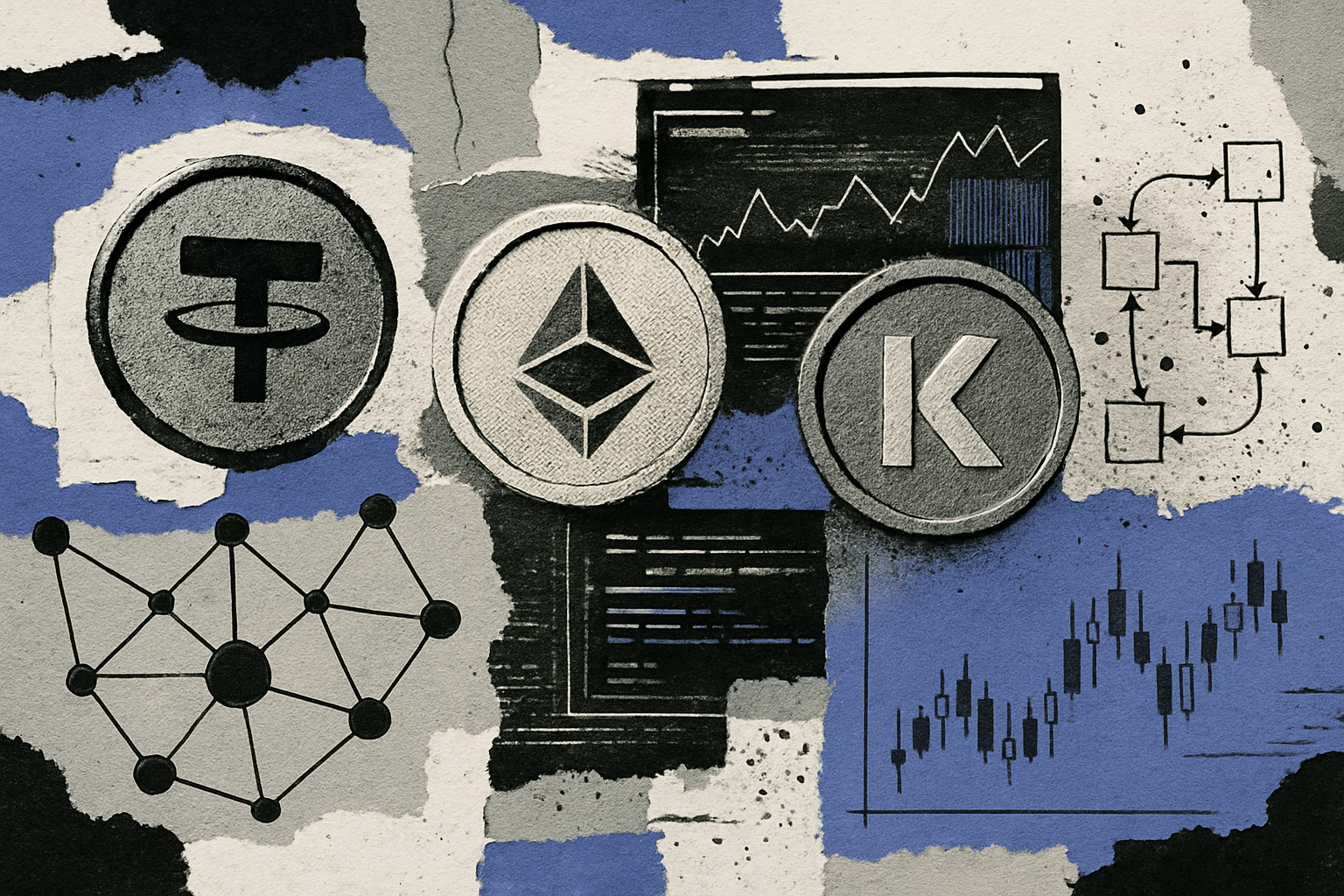How Tokenized Gold Is Becoming the Preferred On-Chain Collateral for Institutional Investors in 2026

In 2026, institutional investors are rapidly pivoting towards tokenized gold as collateral, leveraging blockchain’s efficiency while retaining the time-tested security of physical bullion. The market’s appetite is unmistakable: with PAX Gold (PAXG) currently trading at $3,769.71, tokenized gold has firmly established itself as a liquid, transparent, and programmable asset for on-chain finance. This shift is not a passing trend but a calculated response to macroeconomic instability and an evolving regulatory landscape that increasingly favors digital representations of real-world assets.
Why Tokenized Gold Is Winning Institutional Trust in 2026
The institutional case for on-chain gold collateral hinges on three core strengths: liquidity, transparency, and composability. Unlike traditional gold markets that operate within rigid business hours and rely on intermediaries for settlement, tokenized gold platforms offer 24/7 global trading. Swarm Markets’ NFT-based model, for example, links each digital token directly to a specific gold bar held in Brink’s vaults – a level of verifiability that is reshaping confidence among compliance-driven institutions (source).
This transparency is not just about knowing your collateral exists; it’s about being able to audit its provenance and ownership in real-time. For institutional desks managing billions in margin requirements or derivatives exposure, this is a game-changer.
PAXG at $3,769.71: Price Stability Meets Blockchain Utility
At $3,769.71, PAX Gold (PAXG) stands out as the benchmark for tokenized gold collateralization. Its price stability during recent crypto volatility has made it the preferred asset for risk-averse institutions seeking to optimize capital efficiency without sacrificing trust.
The latest Acuiti report shows that 86% of surveyed institutions are exploring or actively using tokenized gold derivatives in 2025-2026, with commodities like PAXG and XAUm leading the pack (source). Unlike synthetic stablecoins or less regulated RWAs, tokenized gold offers direct claims on physical assets – a crucial distinction as regulatory scrutiny intensifies.
Pax Gold (PAXG) Price Prediction 2026-2031
Institutional Analyst Forecasts Based on Tokenized Gold Adoption and Market Trends
| Year | Minimum Price | Average Price | Maximum Price | % Change (Avg YoY) | Key Scenario |
|---|---|---|---|---|---|
| 2026 | $3,650 | $3,900 | $4,250 | +3.5% | Institutional adoption accelerates, regulatory clarity improves |
| 2027 | $3,780 | $4,120 | $4,500 | +5.6% | Broader DeFi integration, gold price rises |
| 2028 | $3,900 | $4,330 | $4,800 | +5.1% | Tokenized gold market matures, cross-chain adoption |
| 2029 | $4,050 | $4,540 | $5,050 | +4.8% | Stable gold demand, increased institutional collateralization |
| 2030 | $4,200 | $4,740 | $5,300 | +4.4% | Tokenized gold becomes mainstream in digital collateral |
| 2031 | $4,380 | $4,950 | $5,600 | +4.4% | Competing RWAs emerge, but gold remains preferred safe haven |
Price Prediction Summary
Pax Gold (PAXG) is expected to see steady growth from 2026 to 2031, driven by institutional adoption of tokenized gold as a preferred on-chain collateral. Average yearly price increases are projected between 3.5% and 5.6%, outpacing traditional gold price growth due to blockchain utility and DeFi integration. Bullish scenarios could see PAXG surpassing $5,500 by 2031, while the minimum price is buffered by the underlying value of gold and institutional demand.
Key Factors Affecting Pax Gold Price
- Institutional adoption of tokenized gold for collateral and settlement
- Regulatory developments favoring asset tokenization and DeFi
- Integration of PAXG in lending, trading, and cross-chain protocols
- Macro-economic instability boosting gold demand as a safe haven
- Technological improvements (e.g., interoperability, transparency)
- Potential competition from other tokenized real-world assets (RWAs)
- Gold price volatility in traditional markets
Disclaimer: Cryptocurrency price predictions are speculative and based on current market analysis.
Actual prices may vary significantly due to market volatility, regulatory changes, and other factors.
Always do your own research before making investment decisions.
The DeFi-Collateral Revolution: Gold Tokens Go Beyond Storage
The integration of tokenized commodities into DeFi protocols marks a turning point for both sectors. Platforms like Matrixdock have enabled XAUm tokens – fully backed by physical gold – to be used across lending pools, DEXs, and structured products (source). This means that holding on-chain gold isn’t just about storage; it unlocks yield opportunities and flexible collateralization strategies previously reserved for fiat-backed stablecoins or blue-chip crypto assets.
The result? Institutions can now deploy their gold holdings as active working capital in decentralized markets while maintaining exposure to one of history’s most reliable stores of value.
PAX Gold Technical Analysis Chart
Analysis by Julian Archer | Symbol: BINANCE:PAXGUSDT | Interval: 1h | Drawings: 6
Technical Analysis Summary
To capture the current market structure, draw a horizontal support line at $3,767 and a resistance line near $3,782. Use trend_lines to highlight the minor uptrend that developed from Sept 25th into the 27th, followed by a sideways consolidation. Mark the recent price rejection at the $3,790 zone with a callout or arrow_marker. For aggressive trading, outline a rectangle between $3,767 and $3,782 to visualize the short-term range, and set order_line markers just outside this box for breakout monitoring. Use text or callouts to label potential breakout and breakdown trigger points.
Risk Assessment: high
Analysis: Volatility is compressed, setting up for an explosive move. Tight range means direction is uncertain and false breakouts are possible. Aggressive positioning is warranted only for experienced traders with disciplined stops.
Julian Archer’s Recommendation: Trade the breakout or breakdown aggressively with tight stops. If the move is confirmed by volume, size up. Otherwise, stay nimble and cut losses quickly. This is a textbook volatility squeeze—be ready to act fast.
Key Support & Resistance Levels
📈 Support Levels:
-
$3,767 – Short-term support, tested multiple times in the current range.
moderate -
$3,740 – Deeper support, marks the bottom of the last major selloff.
strong
📉 Resistance Levels:
-
$3,782 – Short-term resistance, capping upside for the last two days.
moderate -
$3,790 – Recent swing high and psychological round number.
strong
Trading Zones (high risk tolerance)
🎯 Entry Zones:
-
$3,783 – Aggressive breakout entry above range resistance.
high risk -
$3,766 – Breakdown entry for short if price closes below support.
high risk
🚪 Exit Zones:
-
$3,740 – Profit target on breakdown trade.
💰 profit target -
$3,790 – Profit target on breakout trade.
💰 profit target -
$3,775 – Tight stop loss for breakout or breakdown trades to manage volatility.
🛡️ stop loss
Technical Indicators Analysis
📊 Volume Analysis:
Pattern: Volume not shown, but expect a surge on breakout from current range.
Watch for a volume spike to confirm any breakout or breakdown. Use a callout or text to mark volume confirmations when available.
📈 MACD Analysis:
Signal: MACD not visible, but likely flat due to range-bound price action.
A MACD cross above signal line post-breakout would validate upside momentum. Use arrow_mark_up or callout at breakout.
Applied TradingView Drawing Utilities
This chart analysis utilizes the following professional drawing tools:
Disclaimer: This technical analysis by Julian Archer is for educational purposes only and should not be considered as financial advice.
Trading involves risk, and you should always do your own research before making investment decisions.
Past performance does not guarantee future results. The analysis reflects the author’s personal methodology and risk tolerance (high).
“Tokenizing real-world assets like gold doesn’t just modernize settlement, it fundamentally changes how we think about collateral utility, ” says an energy fund manager quoted in Acuiti’s Q1 2025 survey.
Regulatory momentum is another accelerant. The World Gold Council’s 2026 London pilot aims to digitize a portion of the $900B OTC gold market, with early data suggesting collateral management costs could drop by as much as 40%. As these pilots expand, tokenized gold is poised to become not just an alternative, but the default on-chain collateral for institutional-grade lending and settlement. This is particularly relevant as regulators sharpen their focus on proof-of-reserves and transparent asset backing, criteria that tokenized gold meets with precision.
Key Barriers and How Institutions Are Overcoming Them
Despite rapid progress, several challenges remain. Custodial risk, interoperability between blockchains, and liquidity fragmentation across platforms are top concerns cited in Acuiti’s Q1 2025 survey. However, recent technological advances are closing these gaps:
Top 3 Hurdles for Institutional Tokenized Gold Adoption (2026)
-
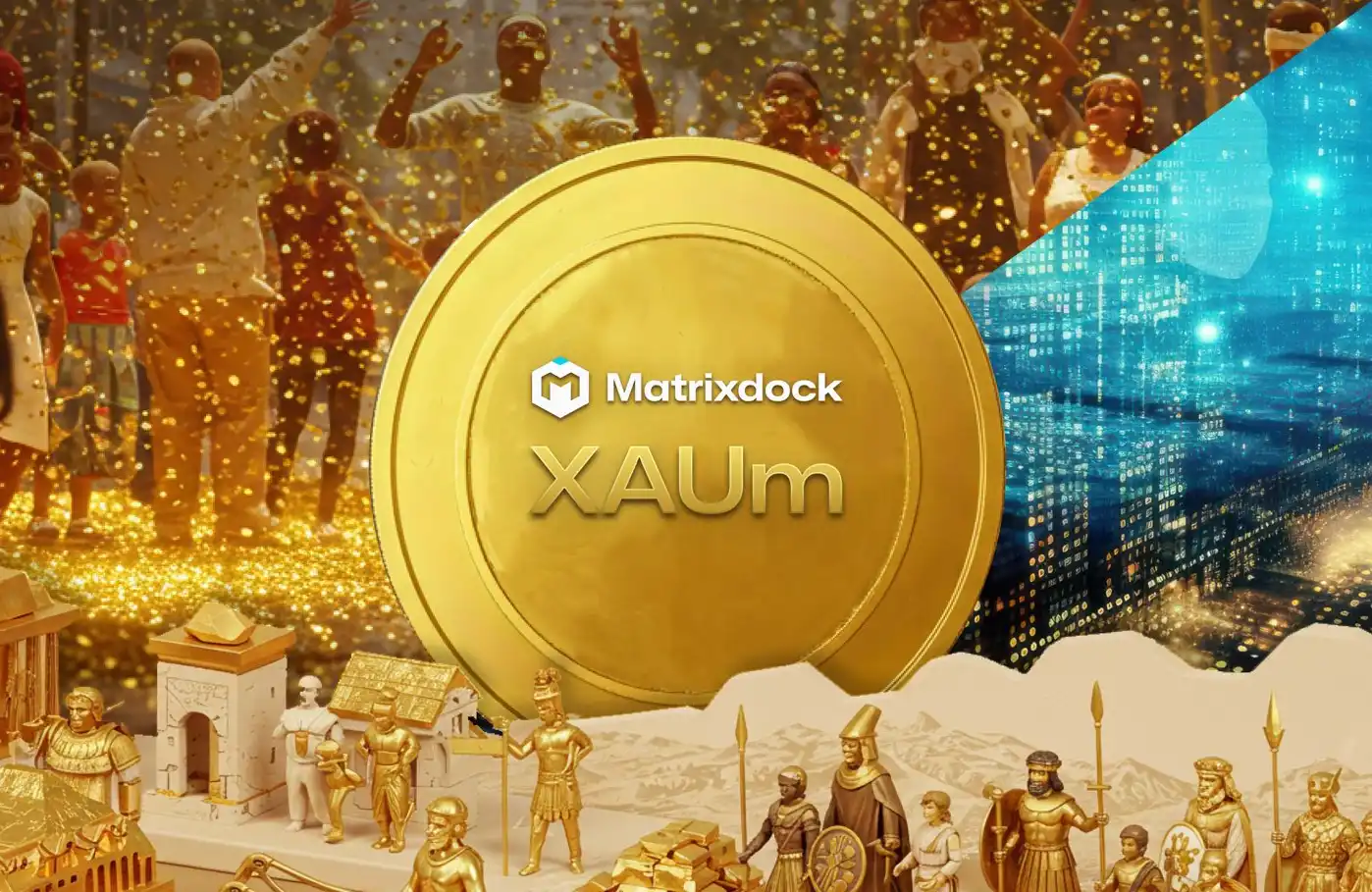
1. Regulatory UncertaintyMany institutions hesitate to adopt tokenized gold due to evolving regulations and compliance requirements. How platforms address it: The World Gold Council and leading platforms like Swarm Markets are collaborating with regulators, piloting compliant tokenized gold products in major jurisdictions, and ensuring full asset backing and auditability.
-
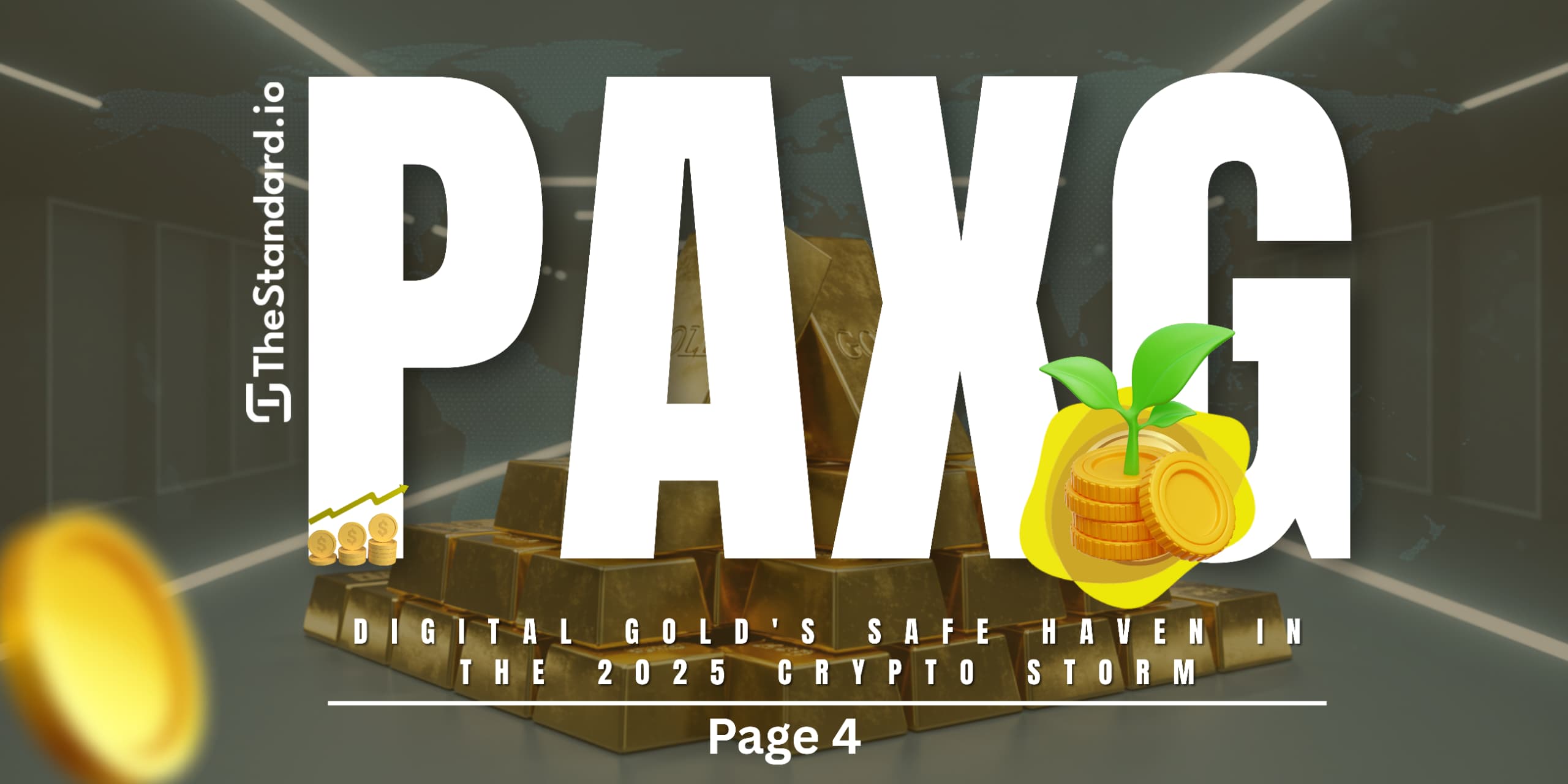
2. Custody and Asset Backing TransparencyInstitutions require assurance that digital tokens are fully backed by physical gold and securely stored. How platforms address it: Swarm Markets and PAX Gold (PAXG) provide on-chain proof of reserves, regular third-party audits, and detailed tracking of gold bars stored in reputable vaults like Brink’s.
-

3. Integration with Institutional InfrastructureSeamless integration with existing trading, settlement, and collateral management systems is a critical challenge. How platforms address it: Matrixdock and the World Gold Council pilot are enabling cross-chain interoperability, DeFi composability, and API-based connectivity to institutional platforms, streamlining tokenized gold’s use as collateral.
The rise of the xRWA framework is particularly significant here, enabling robust identity management and seamless cross-chain settlement for real-world assets (source). As these solutions mature, friction points are steadily eroded, making it easier for large asset managers and hedge funds to integrate tokenized gold into their workflows.
Tokenized Gold in a Diversified Digital Portfolio
The strategic case for on-chain gold collateral in 2026 is clear: it offers risk mitigation during periods of crypto market volatility while providing access to programmable finance features. Tokenized gold now sits alongside tokenized treasuries and corporate bonds as a core building block in the emerging RWA DeFi stack. With PAXG anchored at $3,769.71, institutions can confidently rebalance between digital assets without leaving the blockchain ecosystem or sacrificing liquidity.

This trend mirrors the explosive growth seen in other sectors: BlackRock’s entry into tokenized U. S. Treasuries pushed that market to $3.97 billion by late 2025, highlighting how institutional flows accelerate once regulatory clarity and infrastructure are in place.
What’s Next for Tokenized Gold?
PAXG’s roadmap through Q4 2025 focuses on expanding utility and institutional redemption pathways (source). Expect further integration with DeFi protocols and major custodians, plus enhanced compliance layers that will make institutional onboarding even smoother.
“Tokenization unlocks a new level of capital efficiency for commodities, ” notes a senior strategist at an Asia-based asset manager. “Gold on-chain isn’t just about hedging, it’s about putting every ounce to work. ”
The bottom line: institutional adoption of tokenized gold has reached its tipping point. With transparent pricing provides $3,769.71 per PAXG: and robust infrastructure now in place, on-chain gold collateral is set to anchor tomorrow’s decentralized financial markets.

